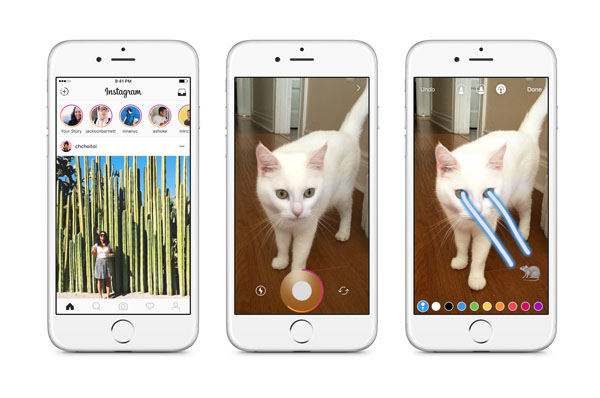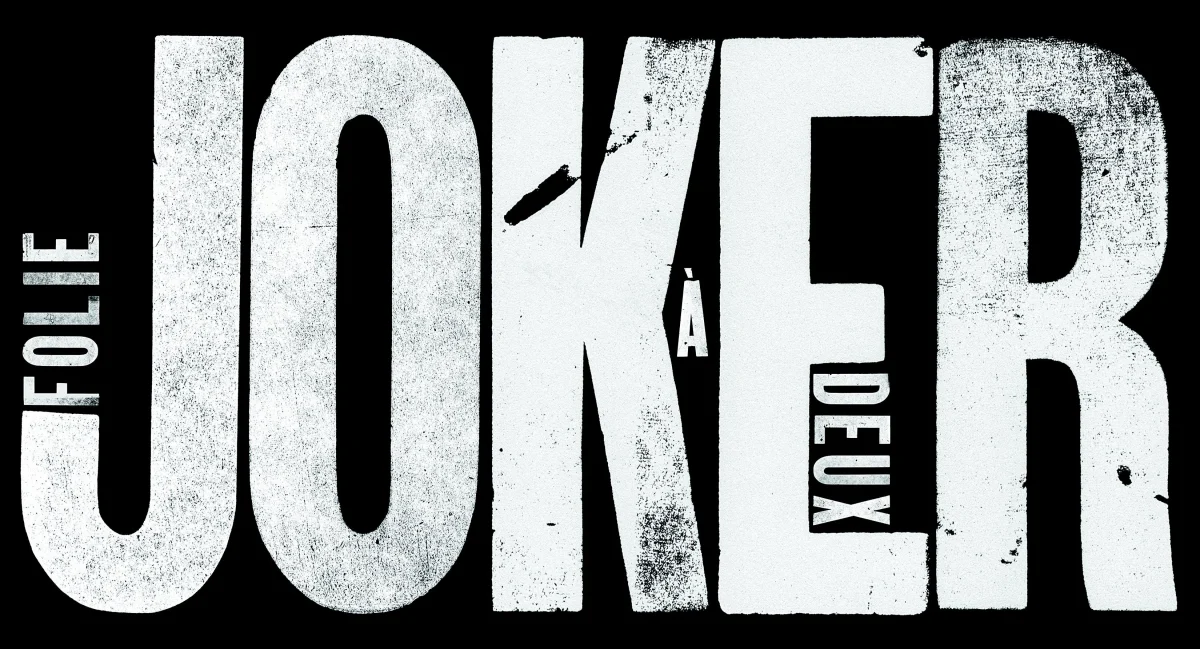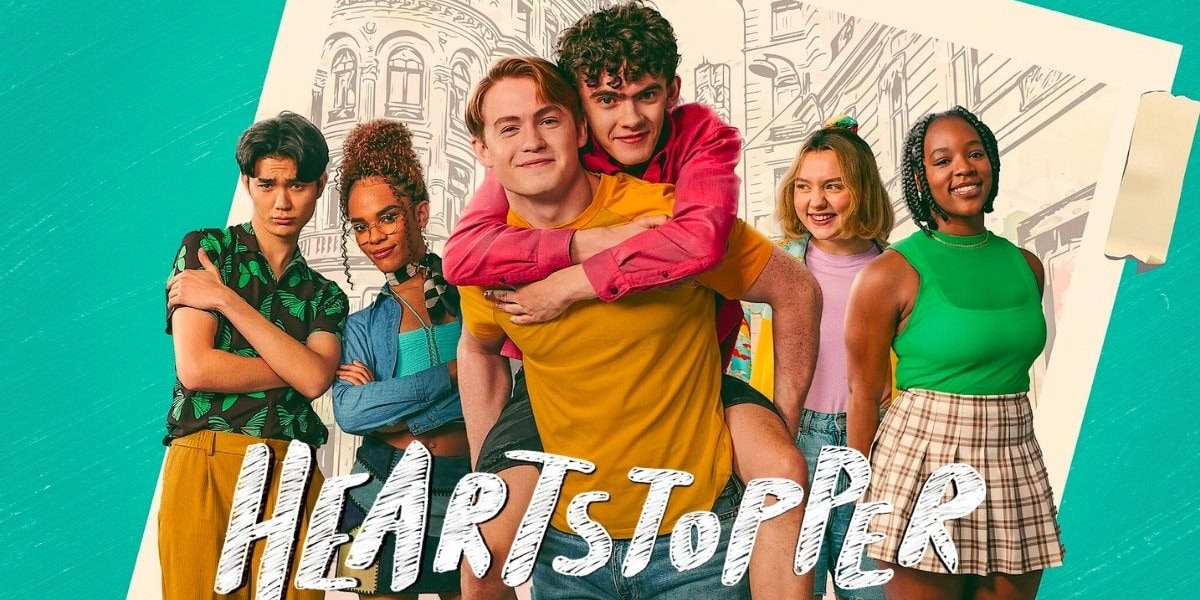
By IRENE PANIS
Staff Writer
According to CNBC article posted on April 13, 2017, Facebook claims that Instagram Stories have now gained a major daily average user (DAU) count of 200 million people after only 8 months, surpassing Snapchat’s 161 million DAUs reported in February.
Instagram Stories initially received mixed reviews, but within a matter of months reached 150 million daily users (which Snapchat only recently hit in June 2016, five years after the app’s release). In fact, according to TechCrunch, Snapchat suddenly fell to #11 in the App Store following the release of Instagram Stories even though it had been sitting comfortably at the top of the charts for the first half of 2016.
Since its 2011 release, Snapchat has steadily risen to the top of the social media ranks, being grouped in with the likes of big-name organizations such as Facebook and Instagram.
The appeal was largely due to its unique method of communication solely through photo-sharing: users could send each other photos (or “snaps”) that would disappear seconds after being opened. One of its most popular features to date is “My Story,” which allows users to compile snaps into a slideshow, or “story,” that is accessible to all of their friends for 24 hours.
Snapchat offered its users, mostly teenagers, a method of photo-sharing that was less restricting and more candid. Instead of spending half an hour stressing over which photo to post, which filter to use or which caption to write, users could take a photo and have it shared within two minutes. Unlike a Facebook profile picture or an Instagram post, no one is expecting someone’s Snapchat story to have a perfect composition with perfect colors and a perfect caption.
Social media is almost never completely honest, but Snapchat was as honest as it could get–and that was the main appeal.
Facebook and Instagram (owned by Facebook) seemed to have acknowledged stories as the main appeal of Snapchat, but the latter was the first to do something about it. Instagram introduced “Instagram Stories” in August 2016, which essentially offered the same features Snapchat Stories did. However, Instagram Stories did have some things going for it: hands-free mode, which allowed users to record videos without the hassle of holding down a button; Boomerangs, short clips users could make that played forward and backward; and live video, which gave users the ability to broadcast live to their followers.
Maybe Facebook Stories will also see an increase in users in the coming months. Like Snapchat Stories and Instagram Stories, users are offered an assortment of filters and drawing tools to edit their pictures to their hearts’ desires. These features are just not doing it for most Facebook users, though, and many of them are sticking to merely scrolling through their newsfeeds just as they have always done.
If the initial reception for Instagram Stories was bad, the reception these past few weeks for Facebook Stories has been worse. Recently Facebook updated its Stories section to include greyed-out icons of friends who have not posted to their Story yet. Some have found it amusing, suspecting that the grey icons were used to fill up space in the usually empty Stories section.
Facebook was probably looking to grow its empire a little bit more, but people are simply not having it.
There is a chance that Facebook Stories could gain some traction in the future, but for now it seems like a race solely between Snapchat and Instagram.
Categories:
Too many stories to tell: Instagram’s Snapchat Story clone gains major popularity after initial criticism
April 13, 2017

0
Donate to Sword & Shield
$180
$1000
Contributed
Our Goal
Your donation will support the student journalists of University High School. Your contribution will allow us to purchase equipment and cover our annual website hosting costs.
More to Discover













